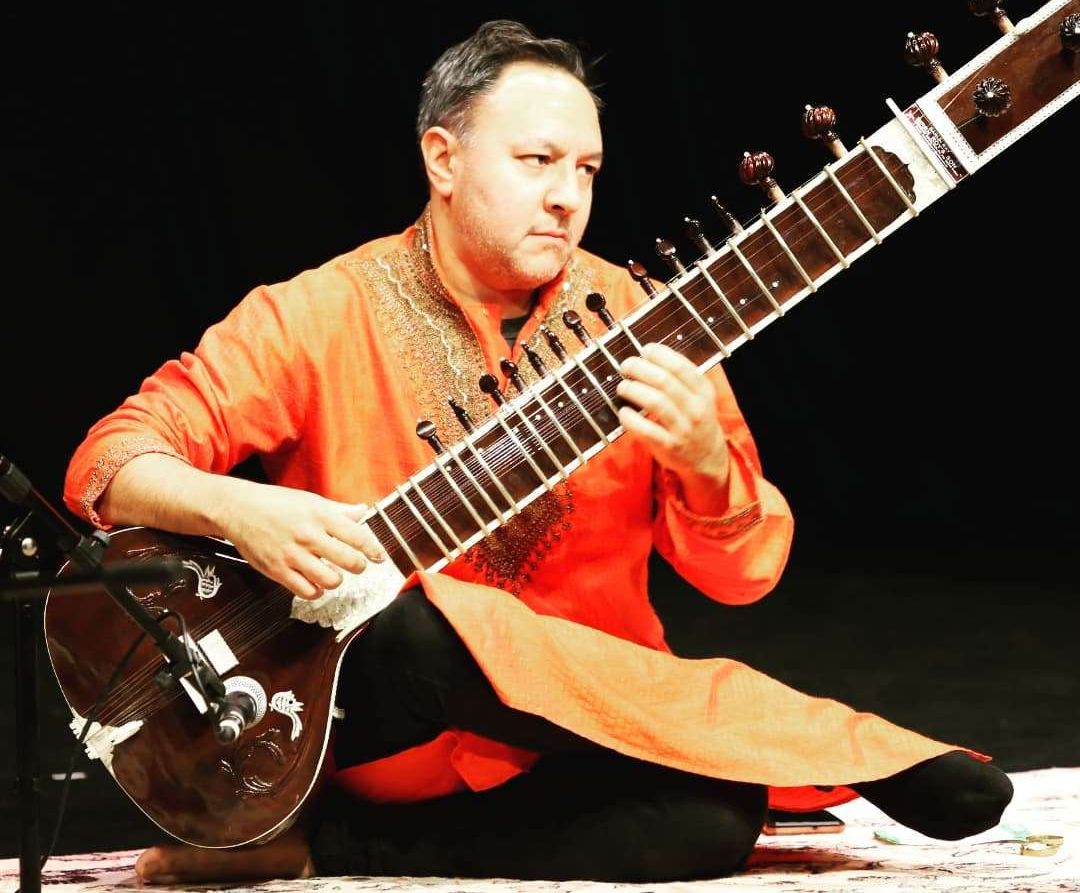A recent study seemed to support Beckham's claim, suggesting that apple cider vinegar could indeed help with weight loss. The study found that people who drank diluted apple cider vinegar daily lost around 6 kilograms in 12 weeks, compared to less than 1 kilogram of weight loss in the placebo group.
Lead researcher Rony Abou-Khalil from the Holy Spirit University of Kaslik in Lebanon said that the results indicated that apple cider vinegar might be a promising supplement for weight loss without any side effects.
However, other scientists not involved in the study have raised concerns about its methodology and conclusions. The study was small, involving only 120 people aged between 12 and 25. This makes it hard to draw firm conclusions about the effects of apple cider vinegar on weight loss, especially considering that many participants were still growing.
Another issue was that 7 per cent of participants were already on a diet when the trial started, which could have influenced their results. Additionally, the study did not disclose participants' lifestyle or diet details, making it difficult to understand how these factors might have affected the outcomes.
Daisy Coyle, a Research Fellow at The George Institute for Global Health in London, said “One missing piece from this study is how participants’ diets influenced the outcomes."
Furthermore, the study only focused on young and overweight individuals, making it unclear whether the findings can be generalized to the broader population or applied over the long term.
Despite these limitations, the BMJ, which published the research, emphasised caution in interpreting the results. The study's feasibility and effectiveness were noted, but the generalisability of its conclusions was questioned.
Rosemary Stanton, a Senior Visiting Fellow at the University of New South Wales, said "some people in the study were as young as 12. Some may have still been growing and this would affect their weight."
In summary, while some studies have suggested that vinegar consumption might lead to weight loss, the evidence is still limited. More extensive and longer-term studies are needed to confirm these findings and understand the mechanisms behind vinegar's potential effects on weight loss.
So, if you're considering adding apple cider vinegar to your weight loss regimen, it's essential to approach it with caution. While it may offer some benefits, it's not a magic solution for shedding pounds.
While apple cider vinegar has garnered attention for its potential weight loss benefits, it's essential to consider the limitations of the existing research.






 Jonathan Mayer on the sitar and beyond Instagram/the_sitarist/ @sat_sim
Jonathan Mayer on the sitar and beyond Instagram/the_sitarist/ @sat_sim  Redefining Indian classical music with Jonathan Mayer Akil Wilson
Redefining Indian classical music with Jonathan Mayer Akil Wilson Jonathan Mayer on music without boundaries Instagram/the_sitarist/
Jonathan Mayer on music without boundaries Instagram/the_sitarist/ Jonathan Mayer on teaching and performing Indian music Instagram/
Jonathan Mayer on teaching and performing Indian music Instagram/ Jonathan Mayer about sitar as a voice of identityInstagram/
Jonathan Mayer about sitar as a voice of identityInstagram/





